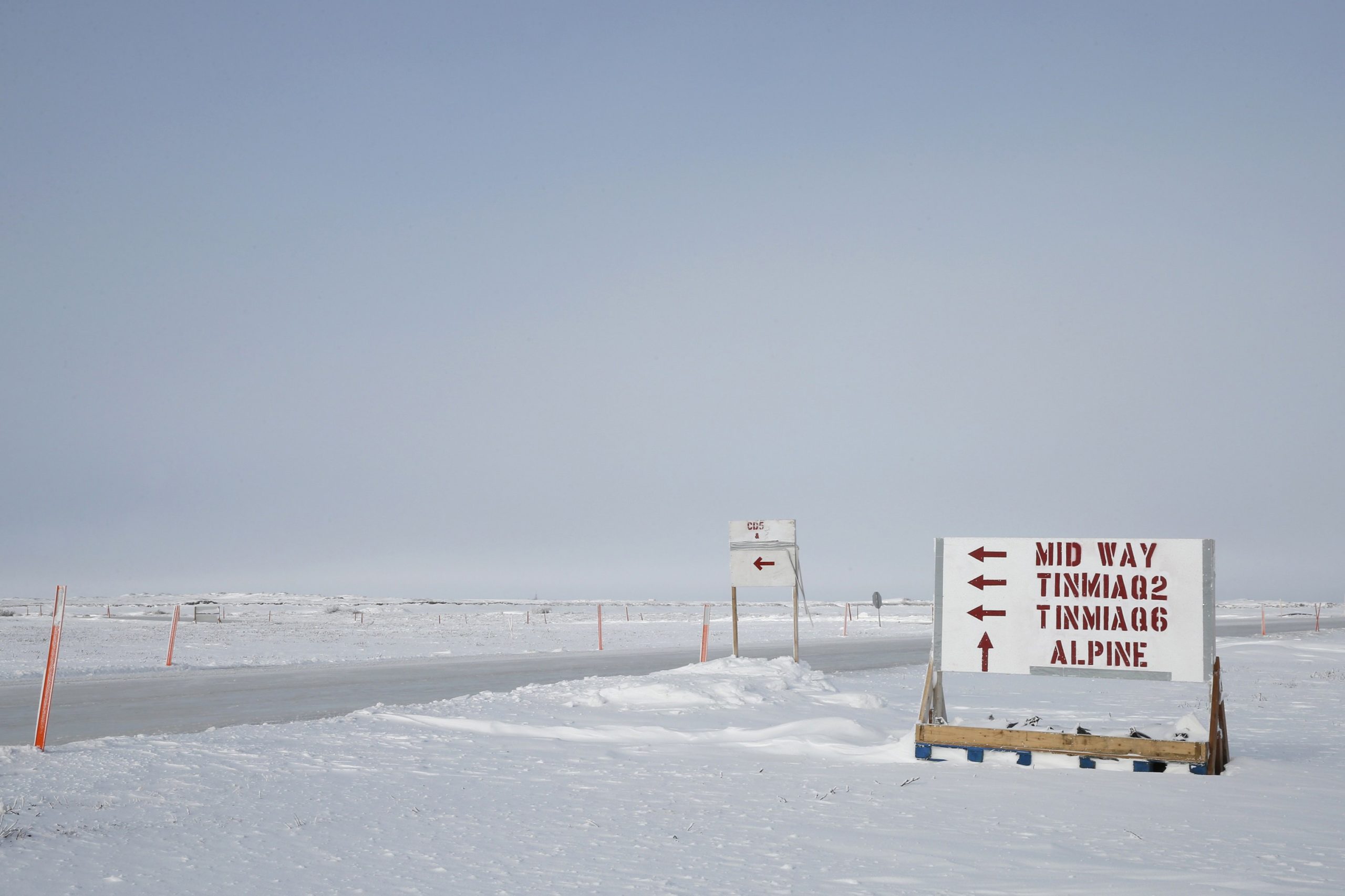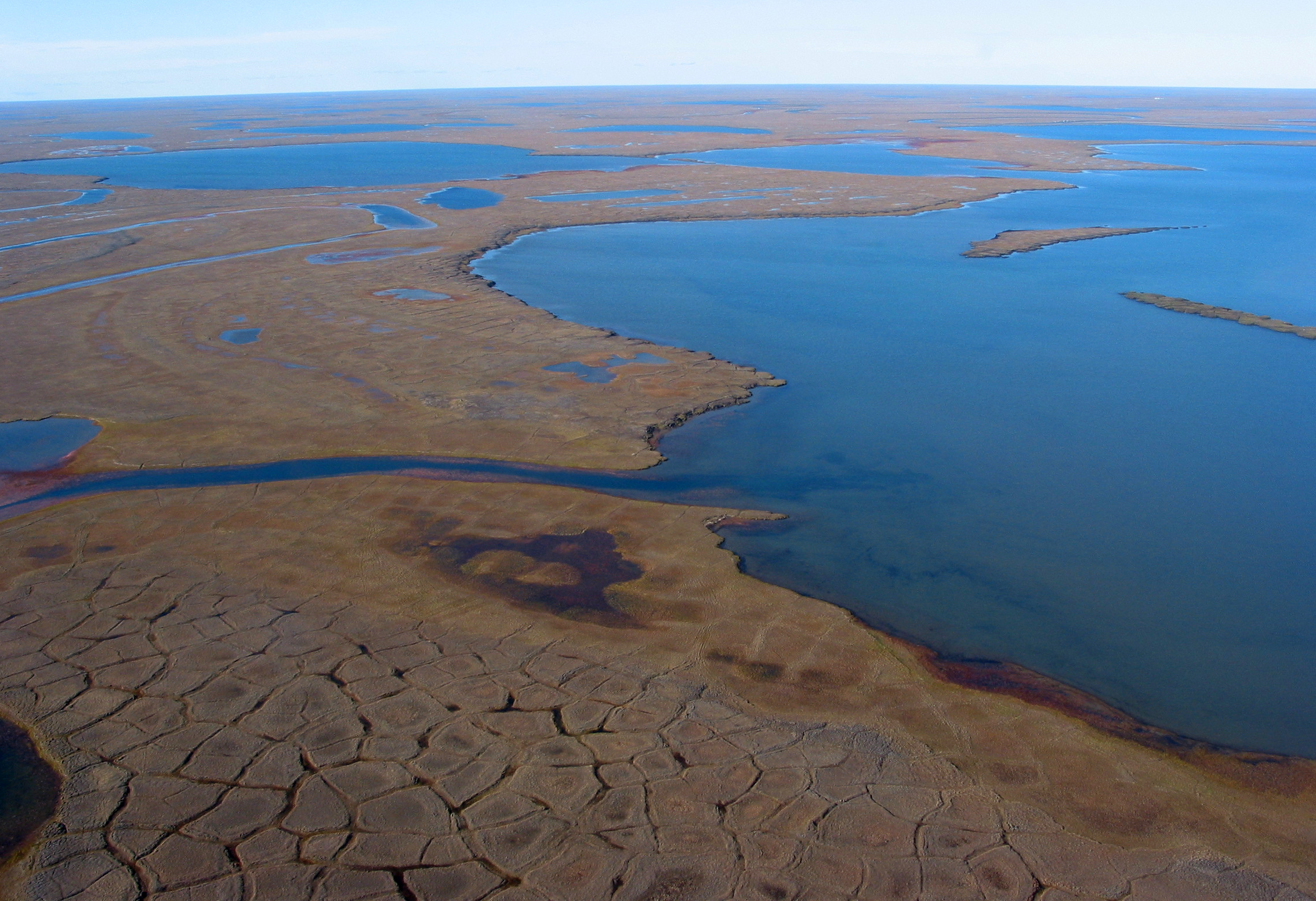Appeals court denies injunction request, allowing ConocoPhillips to proceed with Willow work
Construction of a gravel road can continue while legal challenges to the project go through court.

Planned construction of a gravel road for ConocoPhillips’ huge Willow project on Alaska’s North Slope is cleared to proceed, now that a federal appeals court has rejected petitions for a temporary injunction blocking that work.
The 9th Circuit Court of Appeals on Wednesday issued a one-page ruling rejecting requests from an Alaska Native organization and several environmental groups to delay ConocoPhillips’ construction work.
The appeals ruling came in a pair of lawsuits challenging the Biden administration’s March 13 approval of the Willow project. The project, which promises to be the biggest Alaska oil development in decades, would be the westernmost producing oil field on the North Slope. It is located within the National Petroleum Reserve in Alaska, and it would tap into reserves estimated at about 600 million barrels, producing a peak of 180,000 barrels per day.
The appeals ruling affirmed one made on April 3 by U.S. District Court Judge Sharon Gleason that denied requests for an injunction. Gleason, in her 44-page ruling, said the economic harm caused by barring work in the remainder of the winter construction season outweighed whatever harm the plaintiffs argued would be inflicted if that work were to proceed. A factor tipping that balance toward rejection of an injunction, Gleason said, was “the strong legislative support at both the state and federal levels to proceed with the Winter 2023 Construction Activities,” referencing an amicus brief filed by the state’s congressional delegation and the Alaska Legislature.
ConocoPhillips, which started ice-road construction at Willow as soon as the Biden administration issued its favorable decision, welcomed Wednesday’s court news.
“ConocoPhillips is pleased with the Ninth Circuit’s decision. This allows the Willow project to continue moving forward during this already shortened work season,” company spokeswoman Rebecca Boys said by email.
The plaintiffs expressed disappointment.
“This ruling comes as more hard news and demonstrates again how the oil and gas industry exerts so much power over those whose health and food are most impacted and who will most experience the climate harm and disaster this project will fuel,” Siqiñiq Maupin, executive director of Sovereign Inupiat for a Living Arctic, one of the plaintiffs, said in a statement. “Corporate and political interests continue to sacrifice places like Teshekpuk Lake and communities like Nuiqsut for their profits. We will continue to fight this project and protect Teshekpuk Lake and do so every step of the way.”

Teshekpuk Lake is the largest body of freshwater on the North Slope and is the general region where oil development has occurred; Nuiqsut, an Inupiat village of about 500 people, is the community closest to Willow and other NPR-A development.
The underlying legal arguments challenging the Willow approval remain pending in court.
The 9th Circuit Court, which consolidated the two lawsuits into a single case in its ruling denying the injunction, called for the plaintiffs to submit opening briefs by May 2 and for the defendants to submit their responses by May 30.
The two lawsuits were filed in U.S. District Court on March 14, the day after the Biden administration approved a development plan that had been pared back from the plan approved by the Trump administration in 2020.
One lawsuit, represented by the Anchorage environmental law firm Trustees for Alaska, was filed by Sovereign Inupiat for a Living Arctic and five environmental groups. The other lawsuit was filed by six different environmental groups.
This story was first published by Alaska Beacon and is republished here under a Creative Commons license. You can read the original here.
This article has been fact-checked by Arctic Today and Polar Research and Policy Initiative, with the support of the EMIF managed by the Calouste Gulbenkian Foundation.
Disclaimer: The sole responsibility for any content supported by the European Media and Information Fund lies with the author(s) and it may not necessarily reflect the positions of the EMIF and the Fund Partners, the Calouste Gulbenkian Foundation and the European University Institute.
